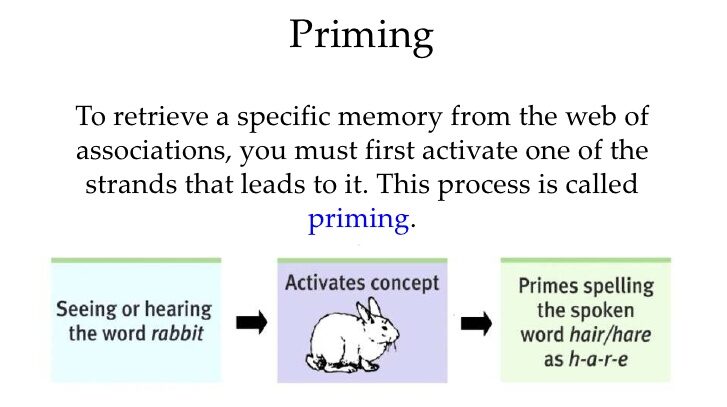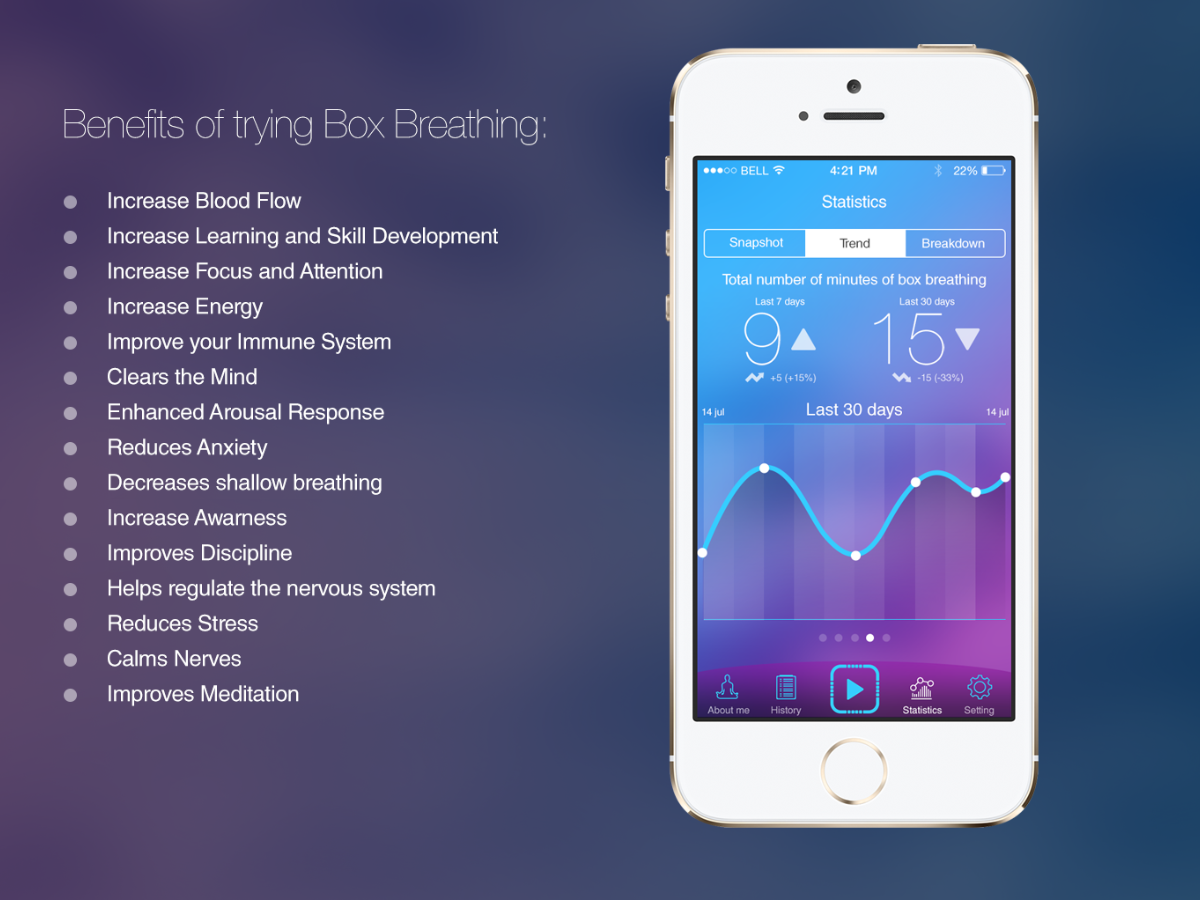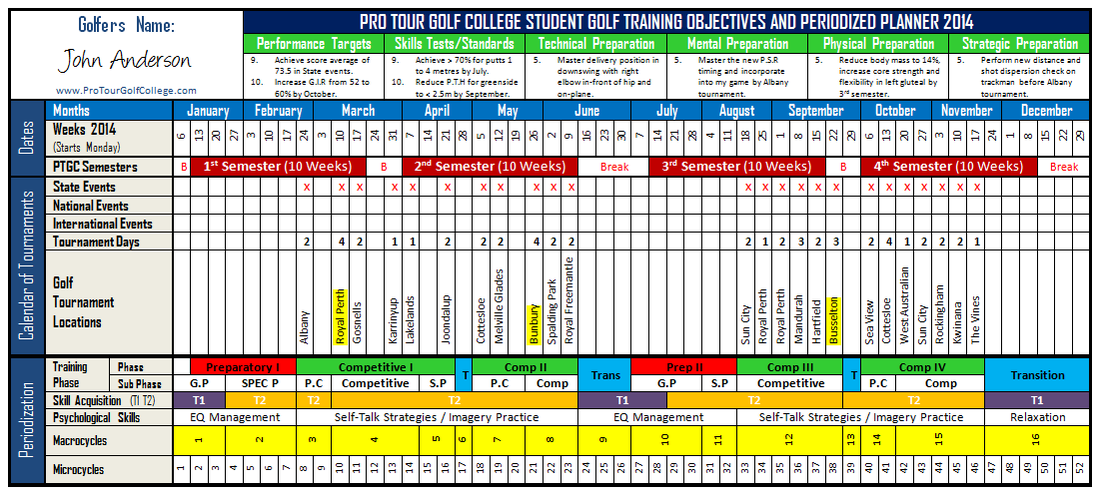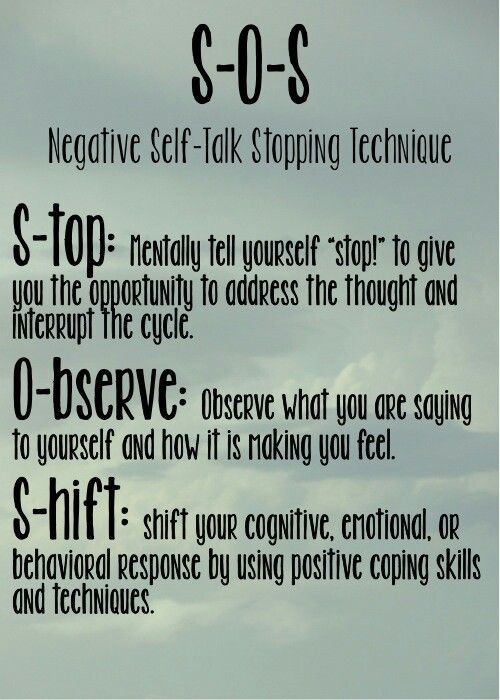
The Value Of Physical and Mental Priming
You probably have your pre-race routine: sail on starboard to check your angle, look upwind to understand if conditions have changed, do a few more boat handling maneuvers, have a sip of water, reflect on the handful of items your sailing coach told you, and maybe visualize having a great start and holding your lane off the line. These are all examples of priming your body and mind to become more familiar with what is to come. You do this so that you are prepared—you create a game plan, consider possible alterations and outcomes before they happen so you can react more quickly, and decrease the number of surprises that may occur. Some athletes place a lot more of emphasis on their pre-race routine than others. Some athletes begin their mental priming well before even stepping foot in the boat park. The question many athletes wonder is does priming even matter? Won’t my finish in the race be predicted more from my experiences, the hours practicing for this regatta, than the priming I do the minutes or hours before the race?
Simply put, priming will affect how you move and think. It will dampen or enhance the intuitions from the hours of practice you have logged, which is why elite athletes consistently rely on it!

Time to have some fun! Start with the left column and say the font color of each word ignoring the written word. Was it easy? Now try the middle and then right column. This is called, ``The Stroop Effect!``
The mind and body are more intricately linked than we will ever know or even like to admit. If we smile, even if reluctantly, we will think more positively and act more kindly. If we get berated or watch a distressing movie, we will be less likely to maintain voluntary self-control like skipping dessert. If we are thinking negatively, we will be more likely to find examples supporting our current viewpoint (the same is true if we are thinking positively). These are all examples of how priming a thought or an action subsequently influenced our action or thought. Face it folks, we are not as in control of our actions and thoughts as much as we think, but please don’t fret! If we accept this fact, we can better manage how to take advantage of how our mind works!

SPT athletes and coaches spend a considerable amount of time working through the SPT Warm-Up Protocol which guides the athlete through physical and mental priming. Not all athletes are keen to accept and adopt this program immediately. For many athletes, the first step is accepting that warming-up or priming is beneficial. Acceptance usually happens when an athlete tries priming for the first time and notices a difference in how he/she feels on the water. The next step involves understanding why priming is helpful. For the skiff athlete, jump roping, agility ladders, and heart rate intervals prepare him/her for the athletic components of crossing the boat and other movements particular to his/her class. By the time the athlete goes for his/her first tack, his/her body is prepared to move quickly and fluidly. The final stage of priming is applying the knowledge of why priming works and adapting it to the athlete’s need in that moment. This is where a top athletes excel: the athlete applies priming to affect his/her body and mind for the current circumstance based on his/her awareness of how his/her body is feeling.
Did you know that cycles of box breathing in for 5 seconds and out for 5 seconds for one minute can reduce your heart race, improve your mental clarity, and positively improve your mood? It also allows your body to physically practice breathing from your belly so that during physical activity, each breath you take increases the volume of air in your lungs, which increases the amount of oxygen filtered into your veins for use by your muscles so you can reduce fatigue. Did you also know that a 10 minute meditation or keeping a gratitude journal each day will positively affect your mood and help you better manage mental and physical stress during your day? We can use the body to enhance the mind and vice-versa.

When it comes to the factors that contribute to success in sports, “sports-skill,” actually practicing your sport, contributes to only 22% of your success. The other 78% involve non-sport skill like your ability to communicate effectively and positively with teammates and coaches, your ability to fundraise money, your ability to focus on a task, your ability to prioritize tasks, your ability to think critically, your ability to increase or decrease your “stoke,” your physical fitness and so much more. Now consider how much time you spend practicing sailing, or developing your sports-skill, versus practicing all these other important factors for sports success, the non-sport skills. An interesting exercise is to considered how your time is spent over the course of a week. How many hours were you in school, preparing for practice, sailing, having fun, watching Netflix, working out and maybe meditating or learning a new skill. Most of us would probably say there is very little time left in the week for learning a new skill, which is most likely true. However, that should not be an excuse. How many of us plan or track non-sport skill development like we do with our sailing? How many of us work on our improving our communication the same way we focus on breaking down a roll tack or analyzing sailing video? I think your answer to these questions indicates how straight your path is to your next big performance breakthrough. For those struggling with time management, you can rely on periodization to plan. With planning, you can find the periods where there will be enough time to learn and practice a new skill, like on a long weekend or winter break. Once the skill is learned, the continued time commitment for maintenance and growth of that skill becomes so small that it can be incorporated into your weekly planning.
Example Of A Periodization Table

Example Of How Non-Sport Skills Effect Your Performance
Athlete Scenario: I sometimes feel nervous about the first day of a regatta. I feel like I won’t do well this event. I feel like I am not good enough to beat my competitors. I suck at starting and I am not as fast as the top athletes.
Fred’s Debrief: This is called negative self-talk. The athlete is priming a negative mentality which will translate into how this athlete prepares for the race and the physical effort the athlete will exert during the race. Ultimately, this mindset will decrease the mental bandwidth the athlete has to look for opportunities to succeed. The overt signs of this mentality are: physical sluggishness, lack of mental sharpness through seemingly stupid errors like forgetfulness or capsizing during a launch/tow, and the athlete exhibiting abnormally shy or excited behavior.
Tools to fix this: Use “Stop-Think.” Say and think the word, “Stop” when you catch yourself spiraling into negative self-talk. Continue to say and think the word “Stop” until your mind quiets. Redirect your thinking towards your strengths or what actionable items you will do to improve your day. For example, this athlete could think of mainsheet and tiller cadence, even visualize a previous YouTube video or practice video of good technique to prime the body and mind for the day’s condition and the process-oriented task to fix boat speed. Another tool would be to focus on process goals like executing a good pre-race routine instead of luffing and letting the mind wander. Although our minds are capable of many great abilities, our ability to multitask is quite poor! Keeping yourself busy with positive and proactive engagement, like gathering compass numbers and wind readings, can keep negative thoughts at bay! For a quick fix with moments to go before the start, box breath at a 5 second cadence for 30 seconds while forcing a smile and thinking of a few gratitudes will kick negative self-talk in the butt!

The take-away from this article should be that we, as athletes, need to also plan and develop non-sport skills to the same degree we plan and develop our sport-skills. We need to make a plan to work on our areas of improvement by identifying them, finding the tools and resources to become educated, and then creating a plan for working on building those skills over time.
Just like improving your tacks, gaining mastery of these priming techniques takes practice and dedication. There is no instant cure-all, although using some of these techniques may give you instant relief. My task for you is to make one change. Pick up a sports psychology book or do a web search to learn a new technique. Make a plan to practice this technique and keep at it! Please also review the SPT Warm-Up Protocol below to consider how you can be primed to succeed each day. If you are an Elite or Platinum athlete, schedule a call with your SPT Coach to build a plan to better refine your priming.


